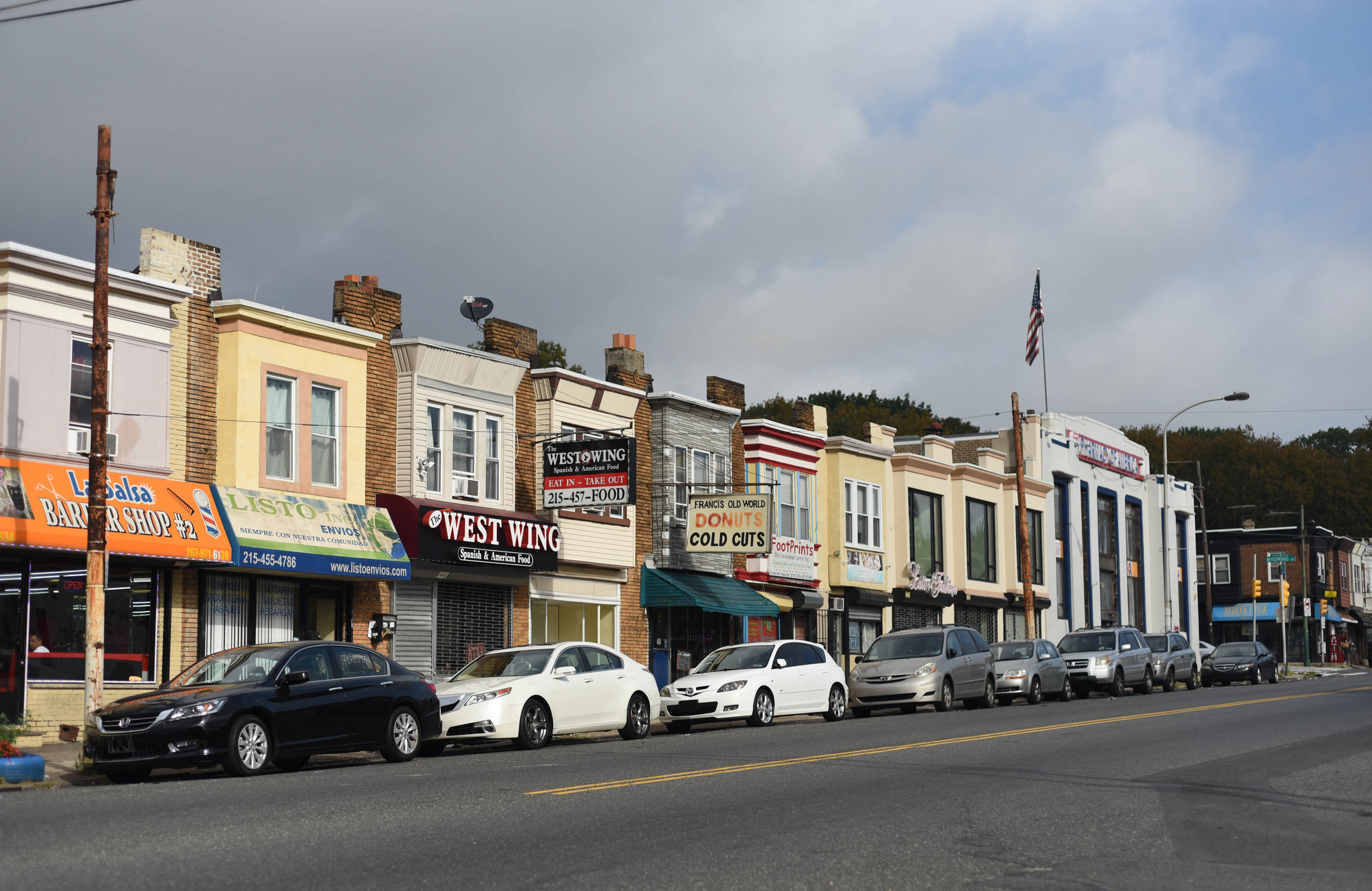
A new dashboard will help track Philly’s pandemic recovery, future growth
The interactive tool was born out of the Pew Charitable Trusts’ Philadelphia research and policy initiative, and will be used to develop data-driven strategies…
Like all cities across the United States and the world, Philadelphia has been heavily impacted by the COVID-19 pandemic.
After more than 18 months, Philadelphia businesses are starting to see their financial condition slightly improve as they navigate this next phase of the pandemic.
That is one of the many takeaways from the latest data released by a new Philadelphia business and jobs dashboard, launched to track how the city’s businesses and economy are faring since the start of the pandemic.
“This really emerged out of a lot of our direct engagement with folks at the City and other kinds of stakeholders throughout the pandemic,” said Alex Jones, officer and one of the lead researchers of the Philadelphia Research and Policy Initiative.
“We realized the need for significantly more up-to-date, granular data on what’s happening in the economy,” he continued.
The dashboard looks at nine main indicators: delinquency on bills, financial stability, balance on credit accounts, work locations by sector, bankruptcy filings, jobs by sector, jobs by establishment size, wages by sector and consumer spending at small businesses.
The indicators are split between three different subcategories: business indicators, job and wage indicators, and consumer and market indicators.
In addition, the dashboard also provides pre-pandemic city and ZIP area profiles, as well as pre-pandemic business owner profiles that allow users to see how many businesses were doing in 2019 and prior.
There are also four filter options: industry, location (determined by ZIP code), business size (micro, small, midsize and large) and gender.
Through the various data points, indicators and filters, users can identify very closely how much has changed in the city’s economy over the past year-plus.
“The overall picture is modestly stronger,” said Tom Ginsburg, senior officer and one of the other lead researchers of the Philadelphia Research and Policy Initiative. “Businesses are doing a little bit better at the moment than they were early in the pandemic.”
The dashboard also includes a metric that calculates the percentage change in each indicator area since the initial period of the data.
Some of the many key takeaways that can be concluded from the latest data (Q2 of 2021) from the dashboard include:
RELATED CONTENT
- The financial stability of companies with credit records has marginally improved over the last year
- Health care and social assistance establishments, which constitute the city’s largest job sectors, are showing greater improvement in average financial stability after a difficult 2020.
- For the hospitality sector, the stability score remains relatively low, especially in the 19138, 19141, and 19143 ZIP codes, which constitute the West Kensington, Logan/Ogontz and Kingsessing neighborhoods of the city, respectively.
- The total number of jobs in the city is 8% lower than it was in June 2019.
Ginsburg noted that about 98% of the businesses included in the data set are micro (1-9 employees) or small (10-99 employees) businesses.
“Smaller businesses actually have been recovering a little bit slower than bigger businesses over the course of the period we’re looking at,” he said.
Two other elements the research team is looking to add into the data set are racial demographics of business owners in the city, and the amount of revenue generated by different job sectors.
The goal of the dashboard is to help inform the public, policymakers and stakeholders about how the city is doing and what focus areas need to be addressed in order to shape the city’s strategies for recovery and growth.
Moving forward, the data in the dashboard will be updated on a quarterly basis.
To access and navigate the full dashboard, click here.

This article is part of Broke in Philly, a collaborative reporting project among more than 20 news organizations focused on economic mobility in Philadelphia. Read all of our reporting at brokeinphilly.org.











LEAVE A COMMENT:
Join the discussion! Leave a comment.